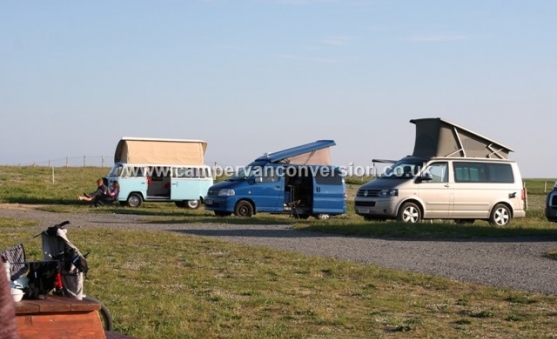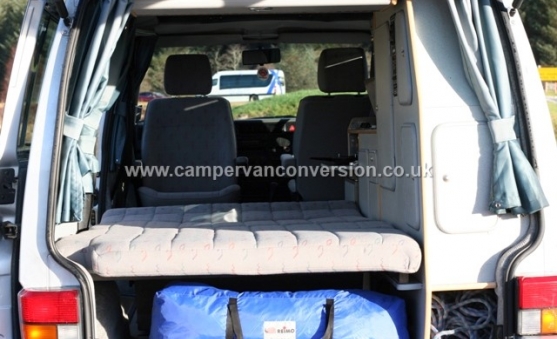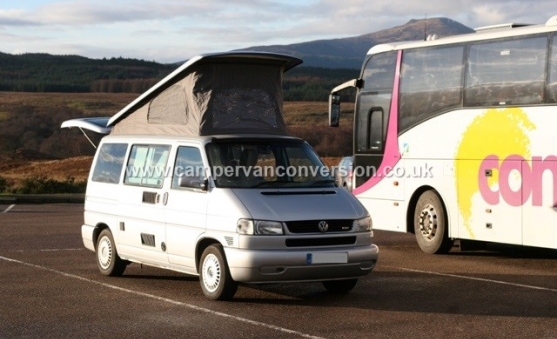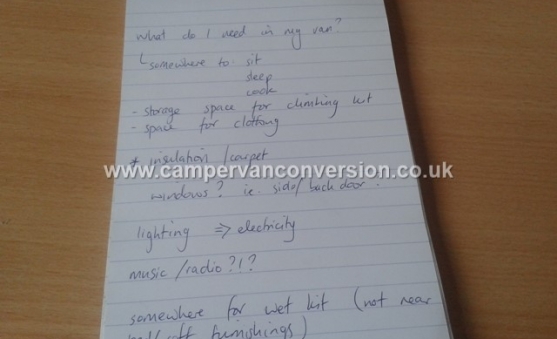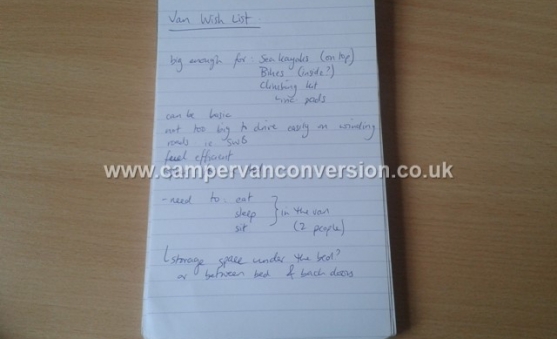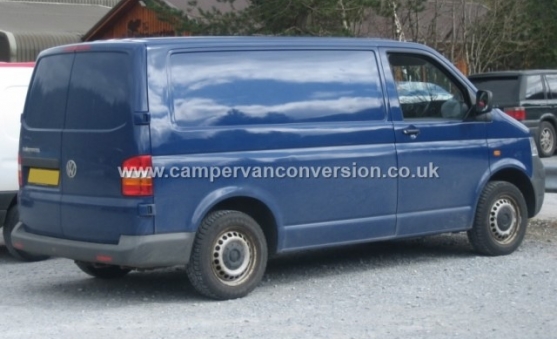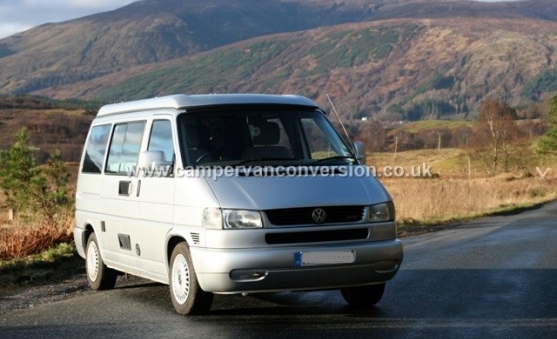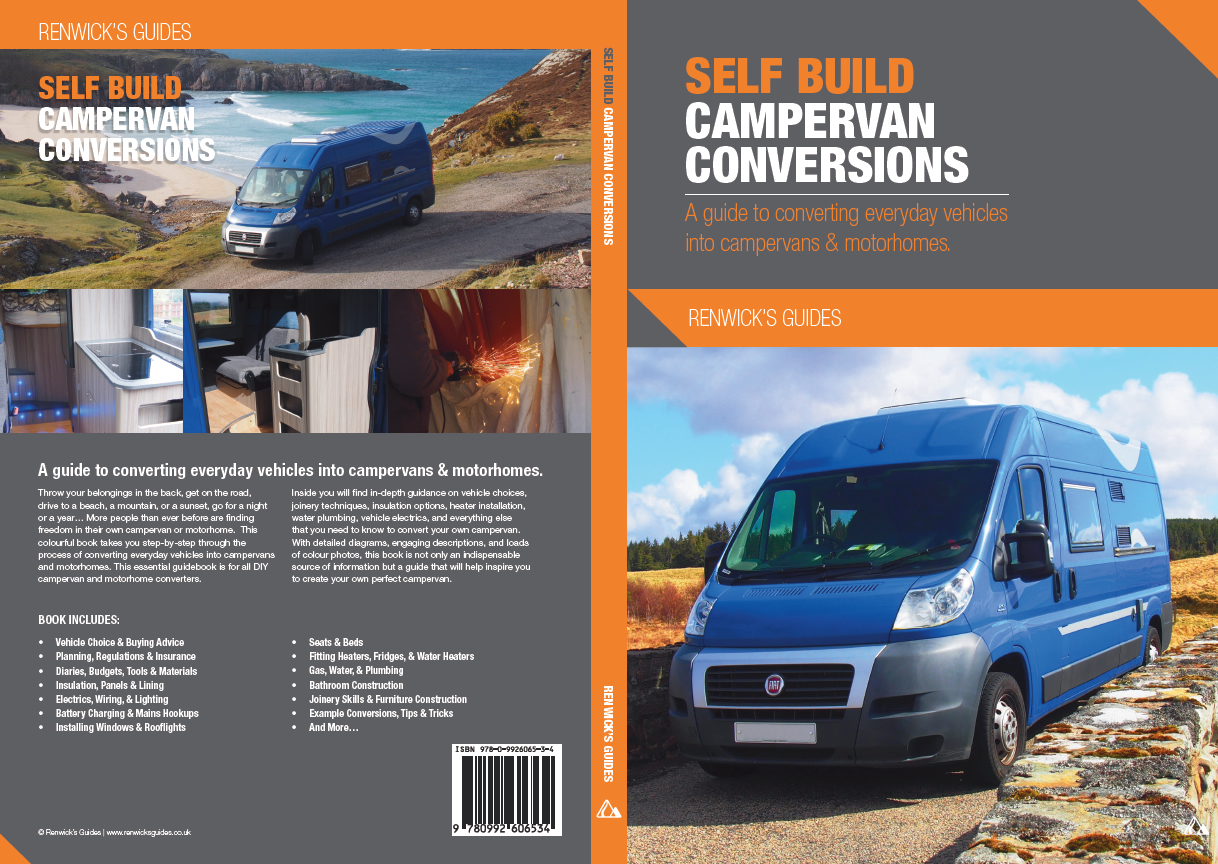2. Size Matters!
Put simply, your choice of vehicle will dictate how much space you have inside for the conversion and vice versa, how much space you want/need in your converted van will dictate the vague size of van you need to be looking for! It will also determine the possible arrangement or layout of what you want inside. The key dimensions are length and height.
This consideration makes ex-commercial panel vans of various makes pretty popular. They usually have a good interior space and often have minimal stuff you need to remove e.g. ex-delivery vans.
In terms of size, if you decide to go for a panel van one of the main considerations is whether to look for a short wheel base (SWB) or long wheel base (LWB). It’s as simple as it sounds, long wheel base vans are longer than short wheel based ones and therefore give you that bit more space, for example a LWB VW Transporter has an extra foot (for those of us who work in metric that’s about another 30cm) in between the wheels. The downside is this can make them a little harder to manoeuvre as well as heavier so usually less slightly less fuel efficient. The other important dimension is roof height, depending on the van make you can get everything from high roof to mid height and normal, in short, you can either stand up in your van, or not... roof height depending! If you are working with an existing conversion, or have to compromise on roof height then there are also extendable roofs which can house bed space.




